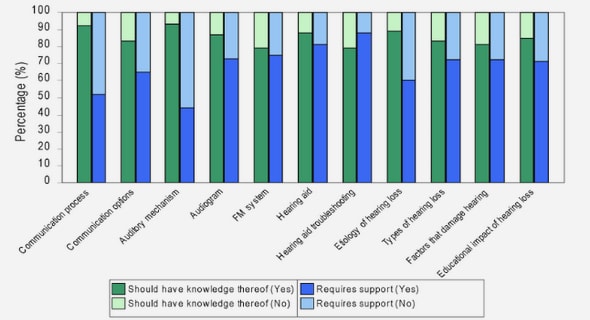(Downloads - 0)
For more info about our services contact : help@bestpfe.com
Table of contents
1 Introduction
1.1 Apprentissage statistique en finance
1.1.1 La quête d’approximations
1.1.2 Résolution de problèmes encore ouverts
1.1.3 L’émergence des réseaux de neurones
1.2 Réseaux de neurones non-arbitrables
1.2.1 Inquiétudes des régulateurs pour ces nouvelles techniques
1.2.2 Contraintes dures versus contraintes souples
1.2.3 Autres approximations nonarbitrables
1.3 Traiter des données brutes
1.3.1 Défauts des données intra-journalières
1.3.2 Détection de valeurs aberrantes
1.3.3 Compléter des données à indexation variable
1.4 Compression des XVAs
1.4.1 Le tournant de 2008
1.4.2 Valoriser le risque de défaut
1.4.3 Valoriser le financement du collatéral
1.4.4 Valoriser des provisions en capital
2 Arbitrage-Free neural network
2.1 Introduction
2.2 Problem Statement
2.3 Shape Preserving Neural Networks
2.3.1 Hard Constraints Approach
2.3.2 Soft Constraints Approach
2.3.3 Learning problems
2.4 DAX Numerical Experiments
2.4.1 Experimental Design
2.4.2 Numerical Results Without Dupire Penalization
2.4.3 Numerical Results With Dupire Penalization
2.4.4 Robustness
Numerical Stability Through Recalibration
Monte Carlo Backtesting Repricing Error
2.5 Gaussian process regression for learning arbitrage-free price surfaces
2.5.1 Imposing the no-arbitrage conditions
2.5.2 Hyper-parameter learning
2.5.3 The most probable response surface and measurement noises
2.5.4 Sampling finite dimensional Gaussian processes under shape constraints
2.5.5 Local volatility
2.6 Arbitrage-free SVI
2.6.1 SVI parameterizations
2.6.2 No-arbitrage conditions on SVI parameters
2.6.3 Slice parameter interpolation
2.7 SPX Numerical Experiments
2.7.1 Experimental design
2.7.2 Calibration results
2.7.3 In-sample and out-of-sample calibration errors
2.7.4 Backtesting results
2.8 Conclusion
3 Nowcasting network
3.1 Introduction
3.2 Problems
3.2.1 Compression
3.2.2 Completion
3.2.3 Outlier Detection
3.3 Models
3.3.1 The Convolutional (Autoencoder) Approach
3.3.2 The Linear Projection Approach
3.3.3 The Functional Approach
3.3.4 Synthesis
3.4 Experimental Methodology and Setting
3.4.1 Performance Metrics
3.4.2 Introduction to the Case Studies
3.4.3 Discussion of the Arbitrage Issue
3.5 Repo Curves
3.5.1 Functional Network Architecture
3.5.2 Numerical Results
3.6 Equity Derivative Implied Volatility Surfaces
3.6.1 Compression
3.6.2 Outlier Detection and Correction
3.6.3 Completion
3.7 At-the-Money Swaption Surfaces
3.7.1 Network Architectures
3.7.2 Numerical Results
3.8 Conclusions and Perspectives
4 XVA compression
4.1 Introduction
4.1.1 Outline and Contributions
4.2 CVA Compression Modeling
4.2.1 Credit Valuation Adjustment
4.2.2 Fitness Criterion
4.2.3 Genetic Optimization Algorithm
4.3 Acceleration Techniques
4.3.1 MtM Store-and-Reuse Approach for Trade Incremental XVA Computations
4.3.2 Parallelization of the Genetic Algorithm
4.4 Case Study
4.4.1 New Deal Parameterization
4.4.2 Design of the Genetic Algorithm
4.4.3 Results in the Case of Payer Portfolio Without Penalization
4.4.4 Results in the Case of Payer Portfolio With Penalization
4.4.5 Results in the Case of a Hybrid Portfolio With Penalization
4.5 Conclusion




